Even necessary biological processes, such as the conversion of food into energy, have a downside: as we age, it becomes increasingly difficult for our bodies to cope with consequential damage.
For the first time, modern scientific research has discovered ways to positively promote the ageing process with special plant substances, the “New Phytamines”. These phytochemicals evolved to perform specific functions in plants, such as protection from heat and cold, but also to protect the plant from viral, bacterial and mycotic pathogens and other disease factors. Plants have evolved these phytochemicals over time because they are physically unable to evade these threats. Ancient civilizations recognized nature’s treasures in herbs and plants and have understood their importance for around 10,000 years, during which time they have been able to achieve amazing effects with these botanical natural substances. The focus is on bioactive secondary plant substances.
Many of these so-called medicinal plants either originate from traditional Asian medicine or have been used in Europe for centuries.
These include:
Acai berries: Largely unknown until recently, the acai berry is now recognized as a natural botanical that can be used to protect against fine lines and wrinkles, promote skin regeneration, as well as boost overall energy levels.
Goji berries: A berry with antioxidant properties that is widely used in traditional Chinese medicine. Besides vitamin C and iron, the berries also contain polysaccharides, carotenoids, flavonoids as well as B vitamins. They can help strengthen the immune system and protect the heart.
Pyrroloquinoline quinone disodium salt – PQQ: PQQ is found in many foods, such as some fruits and vegetables, soy products and tea. In fact, the highest amounts of this nutrient are found in natto (fermented soybeans). The importance of PQQ for humans was only discovered in 2003. Besides regulating the general metabolism, muscle function and the immune system, it can also enhance many effects of other vitamins.
Grape seeds: Can have a positive effect on collagen production in the skin, as well as positively support skin ageing.
Catechins are the main antioxidants found in green tea leaves. These colorless bitter substances with an excellent radical scavenging capacity develop synergistic effects with resveratrol. In addition, they can regulate those enzymes that influence insulin levels and thus also promote normal cell growth.
Vitamin A: The most important of the 400 carotenoids is beta-carotene, a natural precursor of vitamin A – a vitamin that is typically lacking in heavy alcohol and nicotine consumption. In addition to liver and sausages, eggs, dairy products and some types of fish also have a high content of the vitamin. It can also contribute to normal iron metabolism, help maintain normal vision and support the immune system.
Lycopene: One of the most important “phytamines”. Lycopene is found in high concentrations in red tomatoes and rose hips. Its benefits serve the cardiovascular and immune systems as well as controlled cell growth.
MSM: The biological sulphur compound is the main active ingredient of soothing sulphur baths. It is found in almost all foods (milk, fruit, vegetables, cereals, meat, fish, etc.), but is often destroyed by excessive heating. In its organic-bioactive form, MSM can also support normal cartilage renewal.
Pancreatin, papain, serratiopeptidase, rutin, bromelain: These enzymes have important tasks in the body. Normally, these enzymes are absorbed through plants and fruits. However, some of the enzymes are found in meat or offal.
Calcium: Certain calcium-containing mineral mixtures have numerous properties. Not only do they provide the organism with minerals, but they can also help regulate the body’s pH value.
Piperine is found in black pepper and can increase the bioavailability of various micronutrients.
Resveratrol: The polyphenol resveratrol is a natural, highly efficient nutrient. It was originally extracted from the skin of grapes, but cocoa, peanuts, pistachios and berries also contain this substance. The highest content of resveratrol, on the other hand, is found in Japanese knotweed. It is particularly beneficial for the blood vessels and the cardiovascular system. It can also help to positively support the ageing process.
OPC: Refers to oligomeric procyanidins, a group with specific chemical bonds. Besides grapes, peanuts, blueberries and cranberries are also rich in OPC. OPC is said to have cell-protective effects. In fact, it has a stronger effect than the combination of vitamin C and vitamin E. OPC helps to keep cholesterol levels within the normal range as well as supporting an optimal memory and protecting against the effects of stress.
Quercetin: This yellow pigment is a water-soluble plant pigment from the large group of flavonoids. Besides red wine, it is found in green and black tea, apples and leafy vegetables. The main source of quercetin, however, is the onion. As an important antioxidant, it can help support normal cell growth as well as protect blood vessels. It can also improve athletic performance and promote physical recovery.
EPA, DHA: The most important omega-3 fatty acids are obtained from algae and oily marine fish. The average amount of these fatty acids that should normally be obtained from food is often far below the amount recommended by scientists.
Other micronutrients that have a positive influence on the normal ageing process include vitamins C, E, K, D, various minerals and secondary plant compounds from a wide variety of fruits such as apple, orange, watermelon, pineapple, lime, strawberry, pear, grapefruit, peach and papaya.

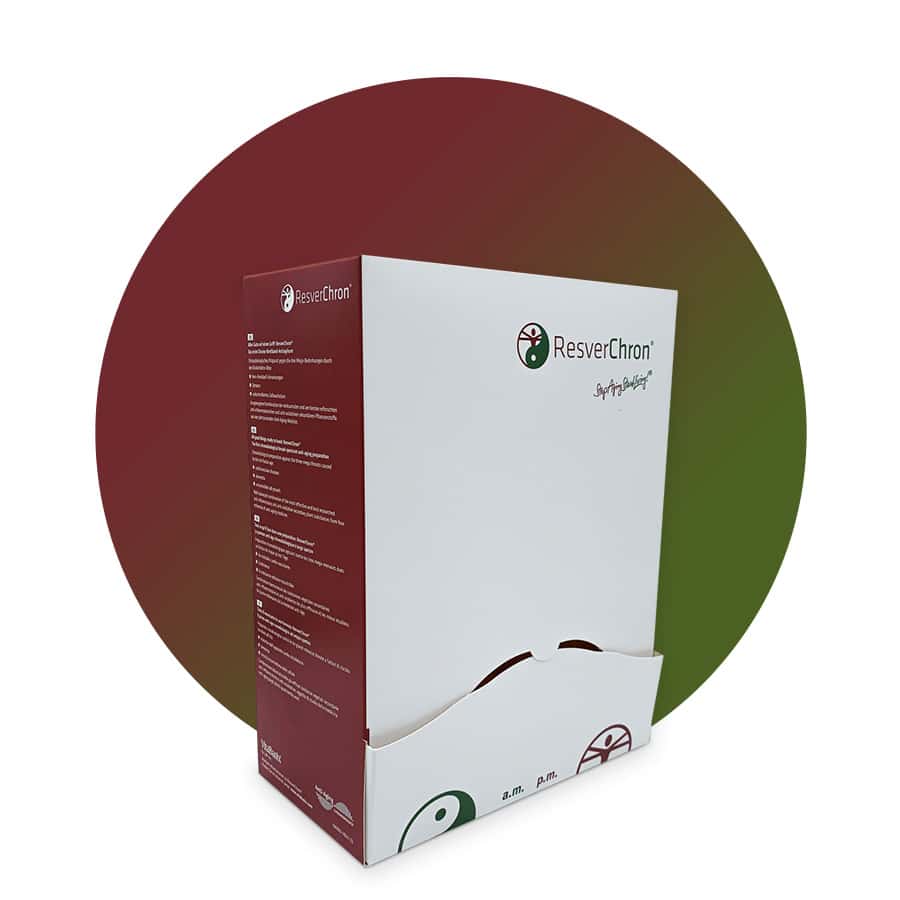



 Chronobrands
Chronobrands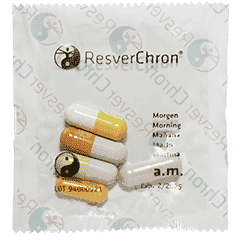
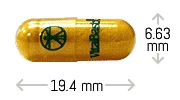
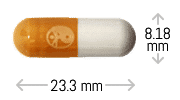
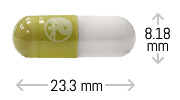
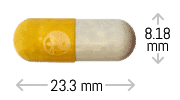
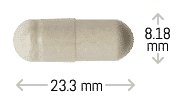
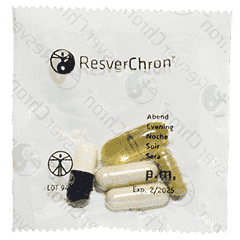
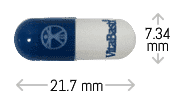
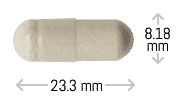
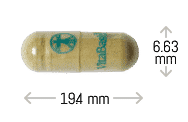
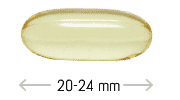


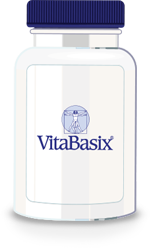
Reviews
There are no reviews yet.